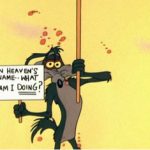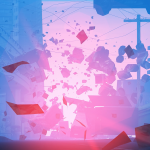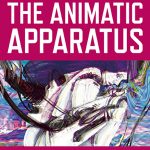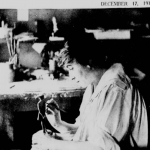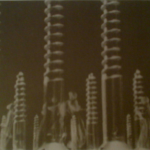
Review of Nichola Dobson. Norman McLaren: Between the Frames, New York/London: Bloomsbury, 2018. McLaren’s film Neighbours (1952) changed the trajectory of my life. As a trainee art teacher on viewing the film with a group of schoolchildren (who were…

